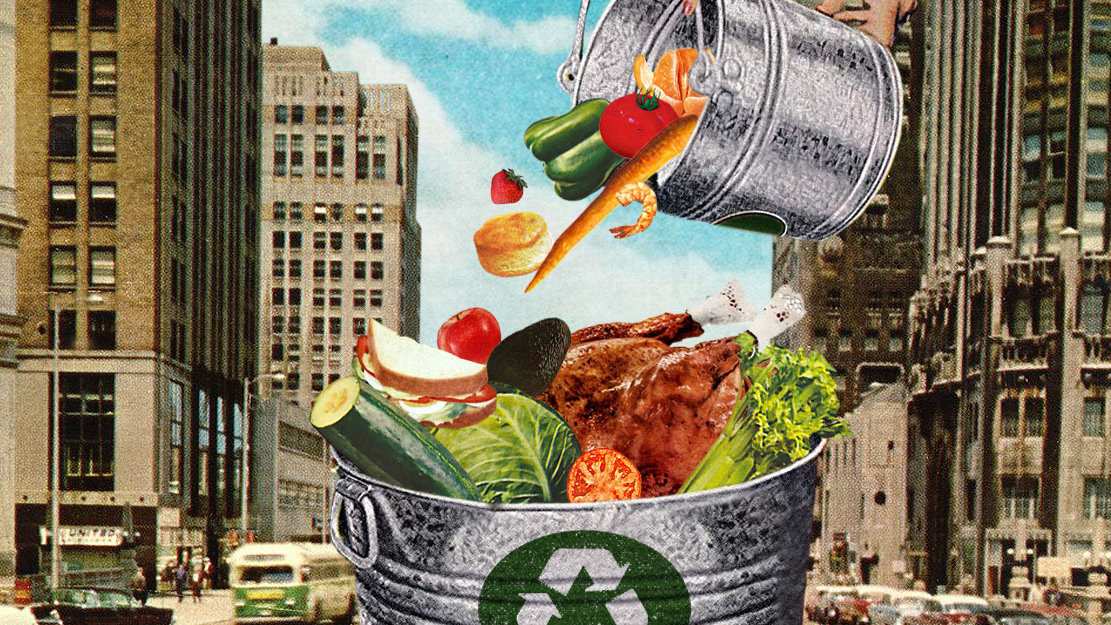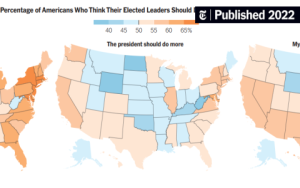Urban scavengers consuming improperly discarded food waste presents significant challenges, particularly in densely populated areas like New York City. Mitigating this requires targeted waste management strategies.
Primary Scavenger Species
- Rats (Rattus norvegicus): Highly adaptable, exploiting structural vulnerabilities to access waste. Primary urban pest.
- Raccoons (Procyon lotor): Utilize dexterous paws to open inadequately secured containers.
- Opossums (Didelphis virginiana): Consume waste opportunistically; less destructive but still problematic.
- Birds (e.g., Pigeons, Gulls): Scatter lightweight debris during foraging.
- Insects (e.g., Cockroaches, Flies): Rapidly colonize organic waste, acting as disease vectors.
Impacts and Consequences
Public Health Risks: Scavengers are reservoirs for pathogens like Leptospira (rats), rabies (raccoons), and bacteria (insects). Contact with contaminated waste or surfaces poses zoonotic disease threats.
Infrastructure Damage: Rats gnaw electrical wiring, plastic bins, and structures. Raccoons damage roofing or vents seeking shelter.

Environmental Nuisance: Scattered waste pollutes streets, waterways, and parks, attracting further pest activity and degrading urban aesthetics.
Increased Management Costs: Municipalities incur significant expenses in cleaning scattered waste, pest control programs, and public health responses.
Effective Prevention Strategies
Secure Waste Containers: Mandate use of robust, latching bins constructed from durable materials (e.g., heavy-duty plastic, metal with secure lids). Terrain-resistant designs prevent tipping.
Storage Timing: Restrict waste container placement curbside to specific collection windows, minimizing exposure time.
Regular Sanitation: Frequently wash bins with disinfectant to remove organic residues that attract scavengers.

Structural Deterrence: Seal building entry points (>¼ inch gaps). Install deterrents like rodent-proof mesh on vents.
Public Education: Educate residents and businesses on proper waste segregation, secure storage protocols, and reporting scavenger sightings promptly.
Controlling scavenger access to waste demands enforceable policies for container standardization and placement schedules, coupled with consistent sanitation enforcement and infrastructure maintenance.











